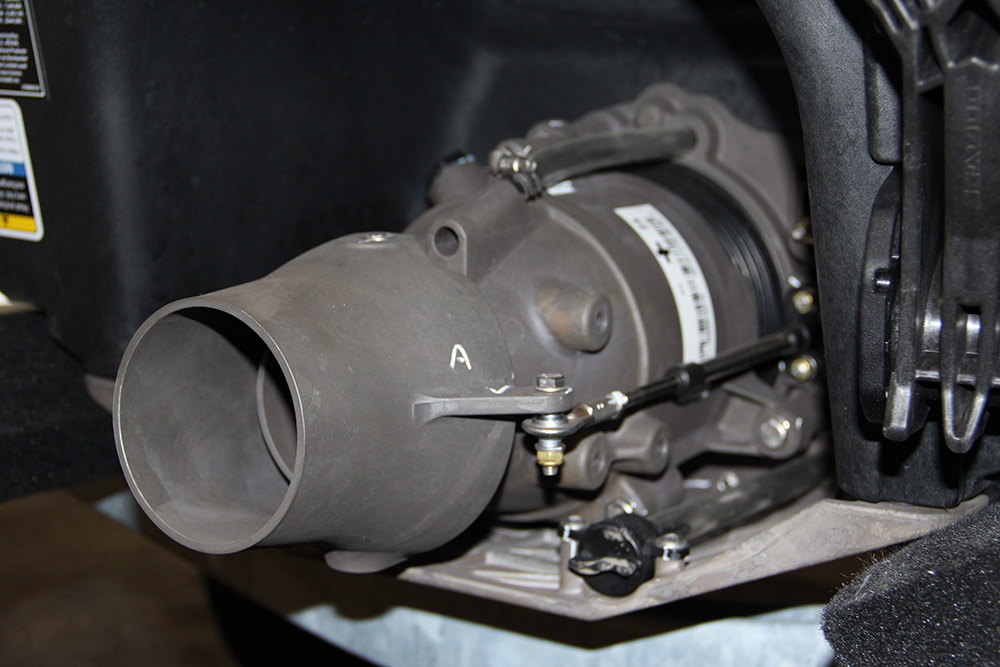What are the 4 basic types of boat engines?
Each boat, depending on its design and intended use, will require different types of propulsion.
Most recreational boats in the United States today use outboard engines and are less than twenty feet in length.

Outboard engine
Outboard motors are popular and quite useful on smaller boats. They are light and powerful, and modern outboards are extremely quiet. The outboard provides a completely self-contained propulsion system from engine to transmission to shaft and propeller. They are most often mounted directly on the transom of the boat, however, you may find boat designs incorporating a motor well or bracket on which the motor mounts. The entire motor swivels to provide easy steering as the turning propeller pushes the stern.
Outboard motors come in a large range of sizes, horsepower, and power sources. These include: electric or trolling motors, gasoline-and-oil mixture two stroke engines, gasoline-only four stroke engines, and diesel engines.

Stern drive
A sterndrive combines an inboard engine and a lower outboard drive unit attached near the base of the transom. They are generally heavier than outboards. This lower unit resembles the bottom part or lower unit of an outboard motor. The outdrive or lower unit part swivels from side to side to provide for the steering of the boat. It can also be tilted up and down to provide boat trim while underway.
I/Os come in both gasoline and diesel models and larger ones generally have more power than outboards. Because the main power supply is similar to a small automobile engine, easily accessible and more powerful, stern drives are often favored over outboards especially on larger motorboats.

Inboard engine
The engine is mounted inside the watercraft toward the center to give good weight distribution. They are most popular on motorboats over twenty six feet in length.
The engine connects directly to a transmission out of which comes a shaft which goes through the hull of the boat as it passes through the stuffing box. The shaft is then attached to a propeller that turns to propel the boat. Because the shaft is fixed and does not swivel from side to side, a rudder is mounted behind the shaft and propeller to deflect the flow of water and provide steering direction.

Jet drive engine
Jet drives are usually inboard engines that take in water that flows through a pump powered by an impeller. PWCs are usually equipped with a jet drive unit. These propulsion systems do not have propellers, which are a potential danger to people in the water and to marine life. The water is then discharged at high pressure through a nozzle, propelling the boat forward. The nozzle swivels to provide steering to the boat. Most personal watercraft use jet drives.
Note: When power is not being applied, a jet driven watercraft loses its steering because it is the stream of water that steers the boat. Keep hands, feet and hair away from the pump intake and do not operate a jet driven watercraft in shallow water.

Choosing the right type of propulsion system for your boat
Choosing the right type of propulsion system for your boat is very important. Both its weight and horsepower will have an impact on the performance of your boat. If your boat is underpowered, its engine will work hard continually and will provide poor performance. If your boat is overpowered, it may exceed the safe operating speed that was designed for the watercraft.

